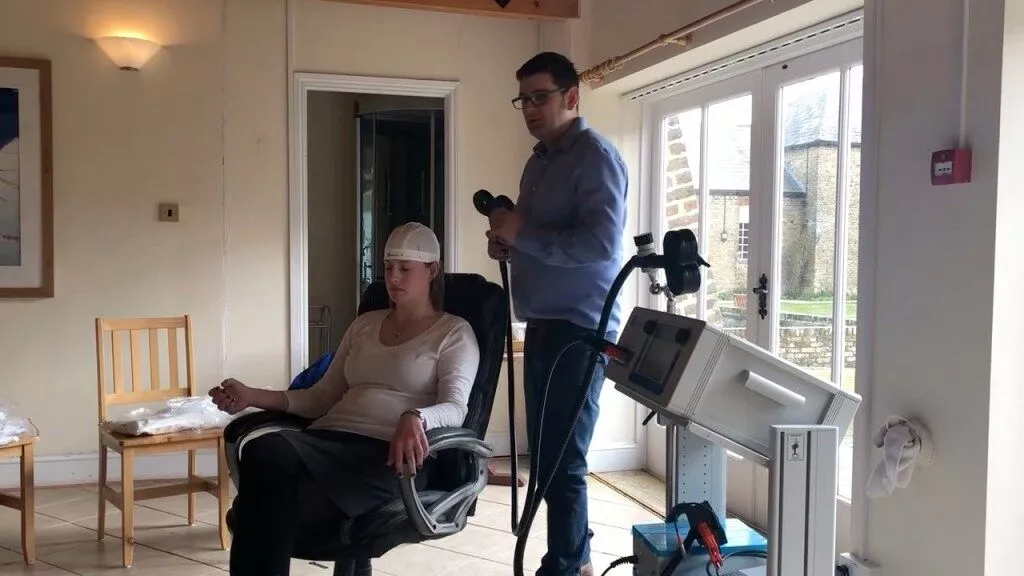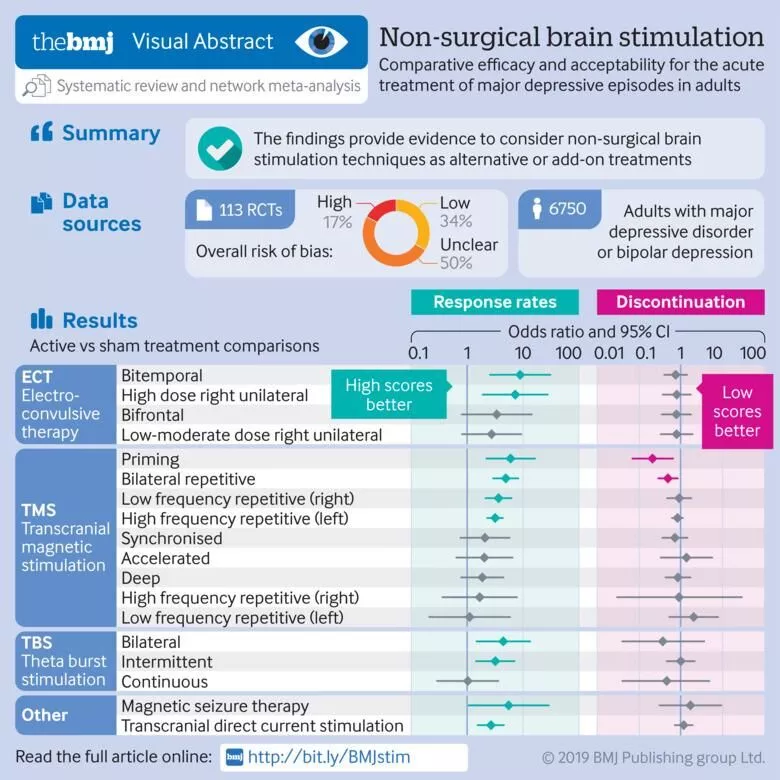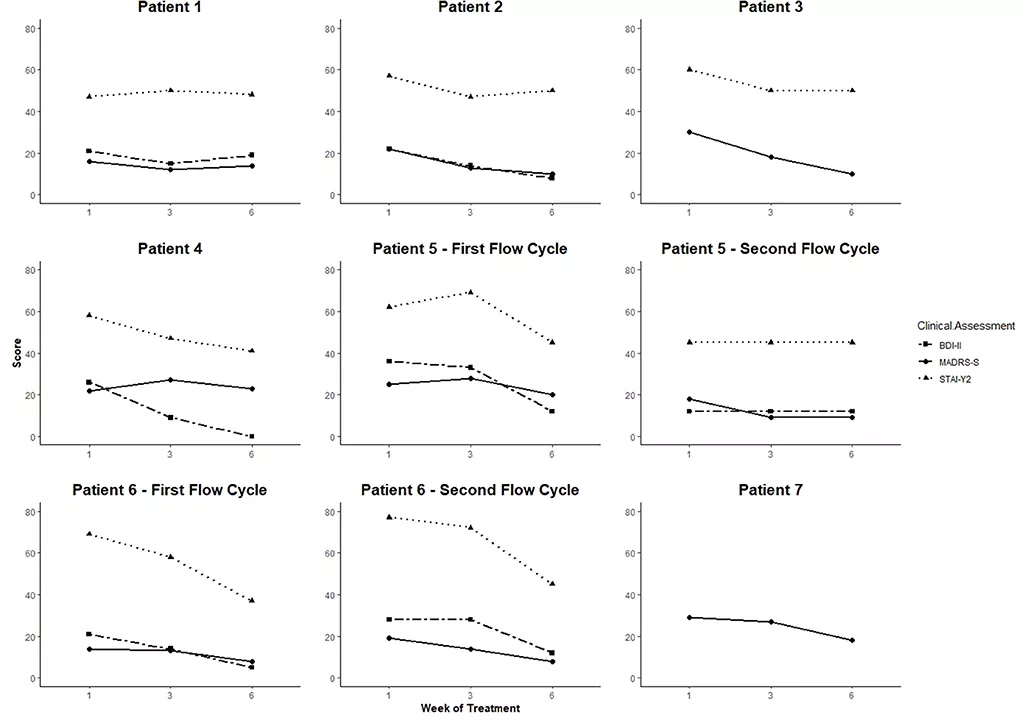Some people consider January the most depressing month of the year, so this is an excellent time to review and remind ourselves of the fantastic progress being made in treatments for depression.
In a series of posts, we shall expand on some of these advances.
Today we review brain stimulation techniques.
It’s long been found that stimulating the brain can have a positive impact on depression. For people with long-term treatment-resistant depression, Electro Convulsive Treatment (ECT) is still proving to be an effective treatment.
The negative public perception of ECT ( think One Flew Over the Coucou’s Nest! ) and the need for sedation means it isn’t as popular as it might be, so finding other stimulation techniques with fewer, if any, side effects has been a goal for researchers.
Two effective alternatives with few side effects are TMS ( Transcranial Magnetic Stimulation ) and Transcranial direct current stimulation.
TMS uses magnetic stimulation of an area of the brain just under the skull, about 1cm or 2 cm deep into the brain. By stimulating specific areas with either excitatory or inhibitory magnetic pulses and fields, depression and anxiety can be reduced.
We have a TMS machine at Hay Farm but they are expensive machines, and treatment has to be offered at a clinic like ours, which makes availability and affordability an issue for the wider community.
Even though the research is showing it to be a safe procedure, people still have some reluctance to try it when they see the size of the machine and the hum of the electric field generated.
Different protocols can be followed with TMS, and our machine model has been regularly used in research, so it can provide nearly all the possible protocols.

A more accessible and more straightforward introduction to this range of treatment is the Transcranial direct current stimulation devices tDCS.
The first devices we bought for PROMIS clinics were the American-made Fisher Wallace Labs devices in 2012. We chose them because theirs was the first device that was FDA-cleared to treat depression, anxiety and insomnia.
These days some European manufacturers make equivalent devices to European safety standards, so we have switched to buying these.
With all of our treatments, we keep a close eye on the research and will prefer devices and treatments with better research and safety ratings.
The British Medical Journal published a research paper in 2019 which compared a lot of research on these various devices and their relative effectiveness and side effects. They visualised the outcome like this:

The effect may not be as strong as TMS or ECT, but there is a very definite effect with nearly no discontinuation or side effects. Given how relatively cheap the devices are, this seems like a very good way for people with treatment-resistant depression to explore one of these modes of treatment.

Depression Scores coming down with tCDS
Front. Psychiatry, 06 October 2022
Sec. Neuroimaging
Volume 13 – 2022 | https://doi.org/10.3389/fpsyt.2022.947435
Many great new treatments are being developed; some, like these, are already well-researched and cleared for use, while others are making their way through this process and are at different stages along the path.
If you are a client of ours and are interested in trying tDCS, please mention this to your focal therapist; otherwise, if you are interested in exploring treatment with us, please connect with our admissions team at admissions@promisclinics.com, and they will be happy to guide you.
To read the full BMJ research article, please see the following:

